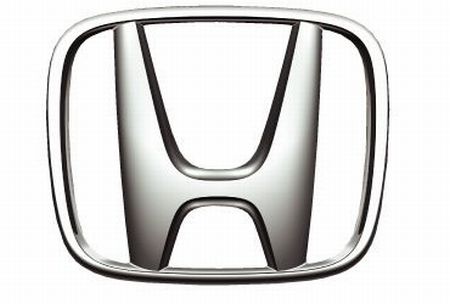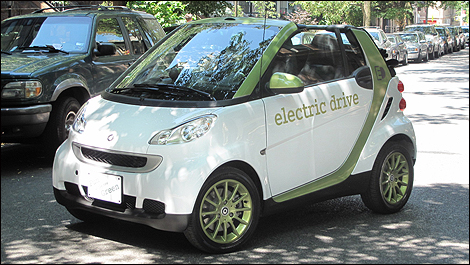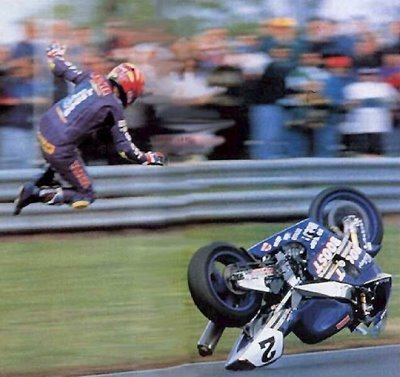
Makassar, Tribun - At least, Uncategorized 500s luxury car now filled the streets in Makassar. Luxury car at a price above USD 500 million were owned by businessmen, politicians, and bureaucrats.
Five years ago, Hammer H3 class cars that cost about USD 1.5 billion, only owned by a businessman and Golkar politician Nurdin Halid. However, this year there have been several Hammer car units passing through the streets in Makassar.
In fact, Porsche car worth Rp 4 billion, also already exists in Makassar. However, the owner, is "shy" is introduced to the public through mass media.
Business Banking Manager for Bank Panin Makassar, Hudli Huduri, in Makassar, on Friday (11 / 5), said this year, Bank Panin finance the purchase of a two-door sports sedan New Porsche Panamera.
German cars are worth Rp 4 billion, which purchased one of the entrepreneur in Makassar. "I think this is the most expensive cars in Makassar. If a Ferrari, no one has passed Panin Bank financing. And it seems there are no Ferraris in Makassar," she said.
Problem purchasing power of people of South Sulawesi, many parties were amazed. High purchasing power of this reason, invite investors into this region.
Top residential developer in Indonesia, which entered the South Sulawesi, Ciputra Group, amazed even when home prices in Citraland marketed billions of Celebes, also "sold well". They claimed not to suspect that the house price to sell billions in this area.
Property Entrepreneurs
Entrepreneur Muh Level property including one luxurious collector cars in Makassar. The figure is familiarly called Opa has a number of luxury cars parked in kedamannya.
Among the luxury of his private vehicle, Opa Level mentions three of his most expensive cars, among them the New Lexus cars, Hammer, and All New Pajero.
New Lexus hers worth USD 2.3 billion, Hammer USD 1.5 billion, and the All New Pajero USD 1.3 billion.
Three car, according to Opa, can still counted on the fingers owner in Makassar. The third new car is owned by each of the three people.
"If Hammer with plate B (Jakarta) if no one had been many outstanding and owned by the elite of Makassar," he explained in Makkah when contacted by phone on Friday (11 / 6) evening.
On the main road some time last Makassar bersiweleran more and more expensive cars. Most prominently, such as automobiles and Alphard.
The rise of luxury cars mainly diramaikan by luxury cars with Jakarta plate. According to Opa, was in fair condition as of this regional economic growth and the ever increasing amount of money circulating in the South.
This was shown by the number of mega projects dilksanakan in this area in two-three years. Only, he adds a very good development this should no longer tainted by the student demonstrations that disrupt economic movement South.
Data SAMSAT
Based on data reported by Administrative Unit Manunggal One Roof (Samsat) Makassar in the last five years (2006 to 2010), sales of luxury cars is quite high in Makassar.
The number of luxury cars sold in five years is 54 units in 2006, rose to 70 units in 2007, rose again to 115 units in 2008, then to 241 units in the year 2009. And in the last five months (Jan-May 2010) which sold 33 luxury car unit. That means total luxury car in Makassar at least 513 units.
Increasing the luxury car sales seen in the year 2009, which has doubled compared to the year 2008. It was recorded in Makassar SAMSAT because quite a lot of consumers who buy directly in Jakarta, thus SAMSAT recorded in Jakarta, not in SAMSAT Makassar.
Unfortunately, the Units are reluctant to give more details about this luxury car. Likewise Dispenda South. "If for the type of car we had no data in more detail how many units," said Administrator SAMSAT Services, Paradise Fr.
Recorded in the luxury car for 2010 SAMSAT Hammer H3 include three units, one unit of Chrysler Wrangler, Mazda RX8 as much as one unit, two units of the Hyundai Coupe, Toyota Alphard three units, two units of Toyota Land Cruiser, Toyota Harrier one unit, and Honda Odyssey three units.
While in the year 2009, among others, a unit of Volvo S80, Toyota Crown is a unit, Mercedes Benz S 500 a unit, a unit of CL 325 BMW, Mercedes Benz CLK 240 as a unit, a unit of Mercedes Benz E300, Mercedes Benz SL500 one unit, Mazda RX8 three units, 14 units of Mitsubishi Pajero, Hummer H3 two units, and Toyota Land Cruiser seven units.
While the total cars sold in Makassar from 2006 to 2010 each 5862 units, 7599 units, 10 545 units, 9305 units and 4938 units.
It is estimated that tens or even hundreds of other luxury cars already in Makassar. However, the car was listed on Samasat yet. A number of the luxury car owner who contacted the Tribune requested his name not mentioned. "Not good. Do not even make a fuss," said one owner of Hammer 3































